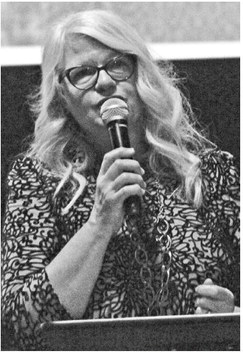County seeks to climb out of budget hole


The first of three budget review sessions by the Taylor County Finance and Personnel committee was held on September 15.
The county follows a multi-step pro...


The first of three budget review sessions by the Taylor County Finance and Personnel committee was held on September 15.
The county follows a multi-step pro...